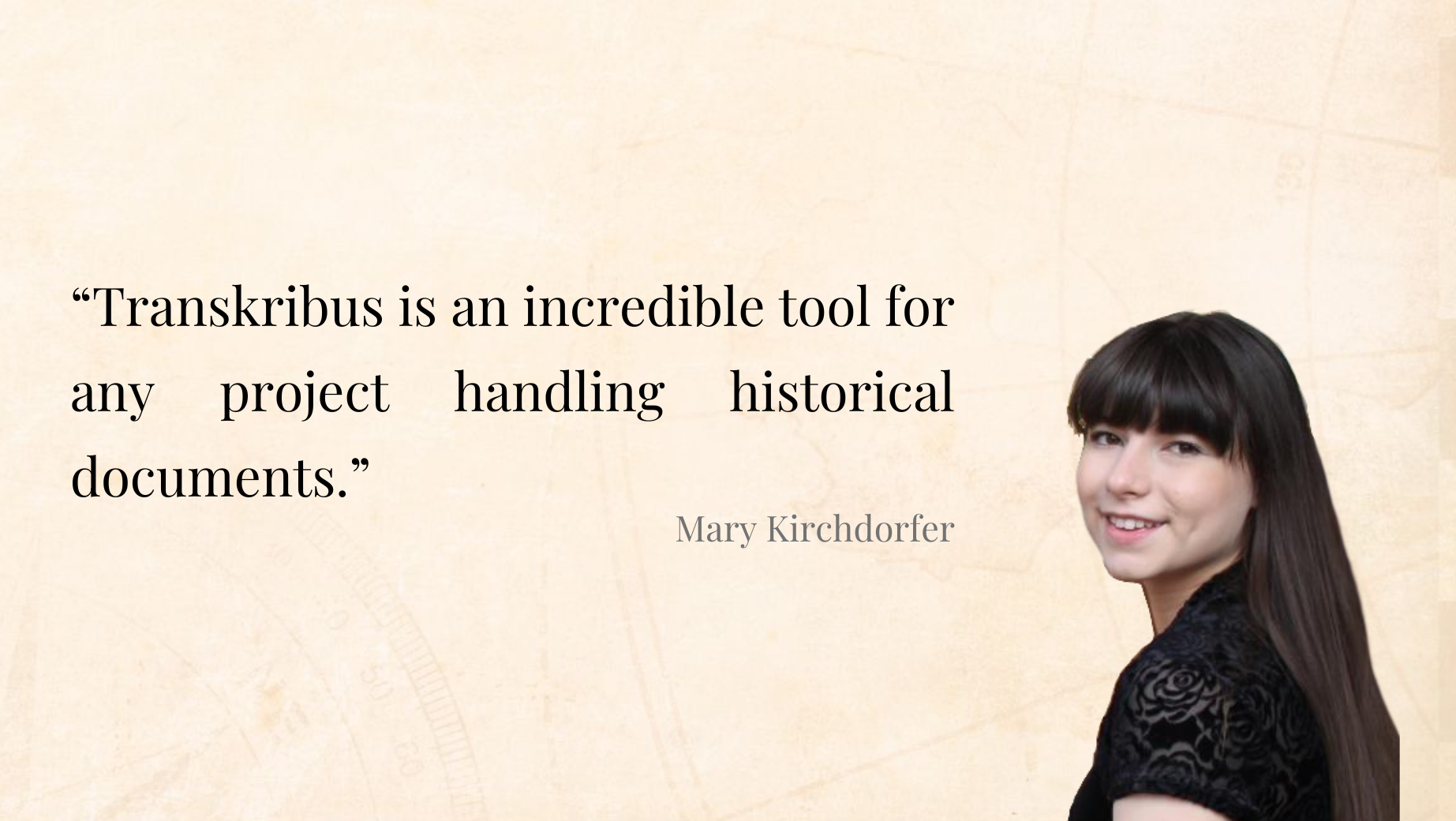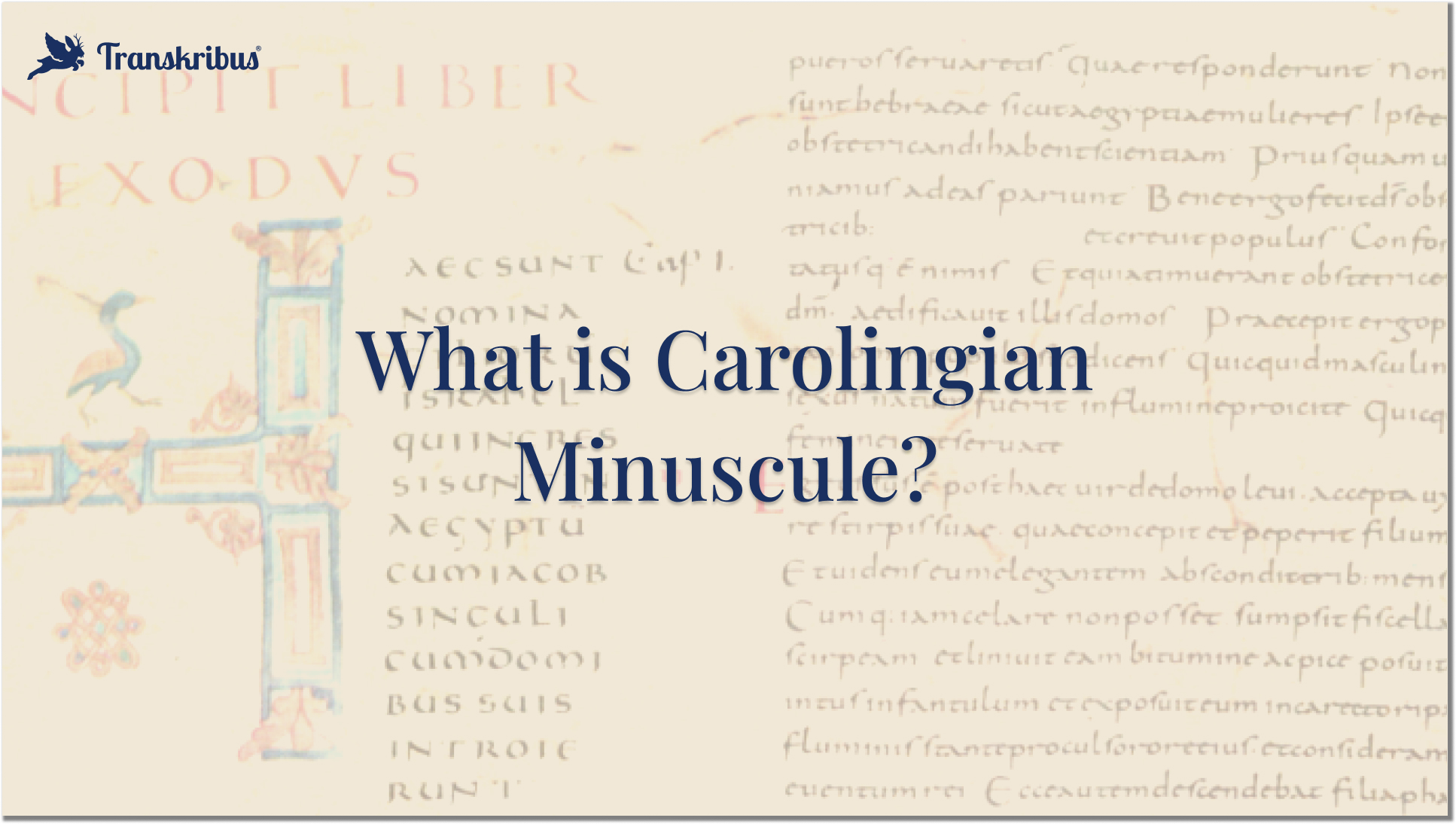Cursive handwriting has a rich history. The first people to write cursive letters were the ancient Romans, who used a form of cursive writing called “scriptura continua” for speed and efficiency. Over the centuries, handwriting has evolved and changed, with each era having its own distinctive style. However, despite these changes, one thing has remained constant: it is a challenge to read cursive writing.
Cursive reading was once a labour-intensive task that required a great deal of skill and expertise. Scholars and historians would spend countless hours poring over old historical documents, trying to learn cursive writing. This process was time-consuming and frustrating and often yielded few results.
However, with the advent of AI-powered handwriting recognition technology, reading cursive letters has become a much easier and more efficient process. These advanced technologies can quickly and accurately interpret historical documents, handwritten letters and any other type of cursive script, making it possible to uncover the hidden stories and insights that these sources contain.
In this post, we will explore the history of cursive handwriting and the challenges of reading historical documents. We will also look at the revolutionary impact of AI-powered handwriting recognition technology, and how it is making it possible to unlock the secrets of the past like never before.
How to read cursive handwriting without technology
Learning to read old handwriting without the help of technology is quite a slow process, and requires a lot of patience. The best strategy is to start small. Read a couple of documents for context—try to get the gist but you don’t have to understand every word. It can help to look for common words such as “the” or proper nouns like the names of places or people that you know will probably be mentioned in the document. There might also be common phrases such as “to whom it may concern” or “last will and testament”, which are perhaps easier to recognise.
Another useful strategy when learning to read old handwriting is to pay attention to the way the letters are formed. In cursive writing, the letters are joined together in a flowing manner, and the direction of the pen strokes can provide valuable clues about the letters being written. For example, the letter “e” is often written with a downward stroke, while the letter “t” is often written with an upward stroke.
By paying attention to the cursive shapes, you can begin to piece together the words and phrases in the document, even if you don’t recognize every letter.
Creating a key for cursive letters
Once you’ve identified a few words or phrases, create an alphabet key, showing how the writer writes each individual cursive letter. Most people go for a traditional table, with the cursive letters in one column and the printed letters in a column next to it. You can then use this key to transcribe the rest of the document, adding new letters as you go.
Manually transcribing cursive writing in this way is quite time-consuming at first but it does become easier as your eyes get used to the letters. Over time, you will naturally become quicker at reading handwriting style variations, particularly if the styles all come from the same time period or type of document. Reading old cursive writing is an art, and one that takes patience to develop.
The easy way to learn to read cursive writing
If you want to practice your transcription skills before embarking on a whole document, we recommend heading over to Transkribus Learn. This new platform helps you to train your eyes by providing you with a series of historical cursive samples, for example, old manuscripts or personal handwritten letters. The platform shows you a sample with a word missing, and you have to guess what the missing cursive word is. The more you get right, the more points you win, and the more you improve your ability to read old cursive script.
How to read old handwriting with handwriting recognition technology
Nowadays though, transcribing old handwriting doesn’t have to be a long and arduous process. In recent years, handwriting recognition technology—often known as HTR—has revolutionised the process. HTR platforms such as Transkribus use artificial intelligence to learn how to read the handwriting in historical material, just like a human would. They then use this knowledge to automatically transcribe large numbers of documents at a much faster rate than a human could ever achieve manually.
If you’ve heard of optical character recognition (OCR), then HTR is pretty similar. However, there is one key difference: OCR is only capable of accurately reading familiar printed letters. That is because there is a finite number of printed fonts in the world and so it is easier for a computer programme to learn how to read them all.
When it comes to styles of handwriting, there is an infinite number of possible styles, each individual to the person who wrote it. In addition, how a person writes in one situation (for example, on a form) might be very different to how they write in another situation (such as on a greeting card). HTR software has to be good at understanding these increasingly complex forms of writing, and therefore the technology behind it needs to be more sophisticated.
Reading cursive with Transkribus
The quickest way to transcribe documents with Transkribus is to use a public AI model. These are like manuals programmed by people in the Transkribus community, which tell the platform how to read a certain type of cursive handwriting, for example, “English handwriting 18th-19th century” or “German Kurrent”. If there is a public model for the type of handwriting you want to decipher, great! You can simply select that model and Transkribus will use the information it contains to automatically transcribe the writing in your documents.
Try it out:
If there isn’t a suitable public model for your particular handwriting, then you can train a custom model for the handwriting in your document. First, you need to provide some “Ground Truths”. These are historical documents that you have manually transcribed on Transkribus, or pre-transcribed documents that you have uploaded from another source. Your Ground Truths allow the software to learn which cursive letters represent which printed characters and create a model based on that information (a bit like the alphabet key in the example above).
The platform then uses this custom model to automatically transcribe other documents, and make educated guesses about letters it has never seen before. This way, Transkribus can accurately transcribe documents at the click of a button, no matter which language or handwriting they are written in.
How do I know which method is right for me?
The best way is to try them both out! Transcribe a page of handwriting without technology and see how long it takes you. Then run it through Transkribus and see how much quicker it is.
The easiest way to do this is to use the Transkribus.ai widget. This is the most basic version of Transkribus and is ideal for quickly understanding how the software works. You can simply upload a document, select the language and Transkribus should be able to give a rough transcription of the cursive letters. The Transkribus.ai widget works with very general public models, so you should expect some accuracy errors, but it is an excellent first look into HTR technology.
If you’re looking for a more accurate transcription, then it is worth trying the more sophisticated Transkribus Lite. To use Transkribus Lite, you need to set up an account and choose a suitable model for your documents. Alternatively, you can train a custom model for the cursive writing in your documents using the instructions above. Transkribus Lite takes a little more time to set up, however you will be rewarded with better accuracy and quicker transcriptions in the long run.
For more on getting started on Transkribus, you can also check out our helpful video: https://youtu.be/pkPJa3vF6tA



